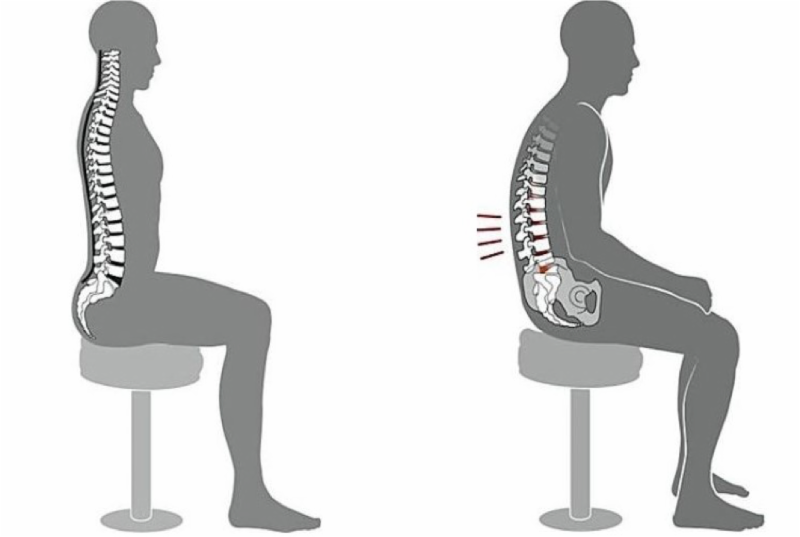Is Having an Overly Upright, 'Military Posture' Ideal? Let's Explore
- joeyzimet0
- Mar 13, 2024
- 3 min read
Raise your hands if you've been told to throw your shoulders back and hold them there to create better posture. I can imagine we've all been given this guidance many times.
Who doesn't want to have the stereotypical Navy Seal type posture? That's ideal, right??
Let's explore....

The way we're going to do so and provide insight for better long-term health is through development of a baby.
In its first few weeks of life, a baby typically remains in a fetal position. The muscles on the front side of the body are active and those in the back are not. Around three months of age the baby will roll onto its stomach and soon lift its head. Doing so begins to develop the muscles in the back of the neck. Now the baby learns both head control and a sense of horizon through the eyes, leading to a feel for adventure and a wanting to learn more.
At five months the baby should begin to arch its back while learning to straighten its arms and legs; further strengthening the chain of muscles on the back side of the body. This Landau Response is crucial for a baby's development and will lead to crawling, walking, and moving in space. It can now move towards to a goal it wants to achieve. It all begins with the arch of the lower back, with the feeling of moving up and forward. The muscles of the neck, shoulders, and glutes also activate. Children love to explore, be active, and have fun - each time naturally engaging these posterior muscles.

Soon though, the child also learns he or she has to be responsible and do things one might not want to do - from homework, to chores, and so on. The pleasure of an activity might not be there, though the body's go-getter response still activates. Imagine that you're on-the-go all the time, might happen to your body?
Let's feel it together: Sit up straight; over-exagerrate it! Really push your belly forwards, pull your shoulders all the way back, squeezing your shoulder blades. shrug your shoulders up, and push your neck backwards. How does this "military posture" feel overall? How is this feeling on your lower back?

Having a natural curve in your lower back is very important; too severe a curve can lead to compressed discs, muscle tension, and many chronic back problems. What's more, the body becomes ingrained into this position and doesn't recognize that it's not optimal (see previous E-mail about 'Sensory Motor Amnesia").

What's a simple thing that you can do to tell if your pattern is to overuse this response and muscles in the back of your body?
Again, get into the exaggerated position we did above and stay there until you get a true sense of the feeling. Next, do the opposite, get into the Startle Response Posture (from last time) where the body is more flexed; feel that. The ideal is or the body to be balanced naturally somewhere in between.
Muscles (lines of connective tissue) pull on bones. If the more superficial muscles are working too much - be it the muscles in the front of the body in the startle response or back of the body in the Landau Response - they'll pull the bones out of the right position, thus straining the joints, compressing the discs, and/or overusing the wrong muscles. This can lead to pain and injury. We ideally want the bones to be in the right place and held there with the 'right' muscles - see 'Anti-Gravity Kinetic Chain' in 'The Posturelate' by Dr. Andrew Buser. This can be done through specific stretches and exercises or manual, nutritional, and somatic therapies.
You can also have someone take pictures of you and visually determine if your body is currently holding a posture that leans towards one of stress, on-the-go, optimal, or combination of responses. {Front, Back, Left, and Right}
You're most welcome to send me your postural pictures and we can analyze your posture and correlate it to any pains, injuries, or issues that you might be experiencing.






Comments